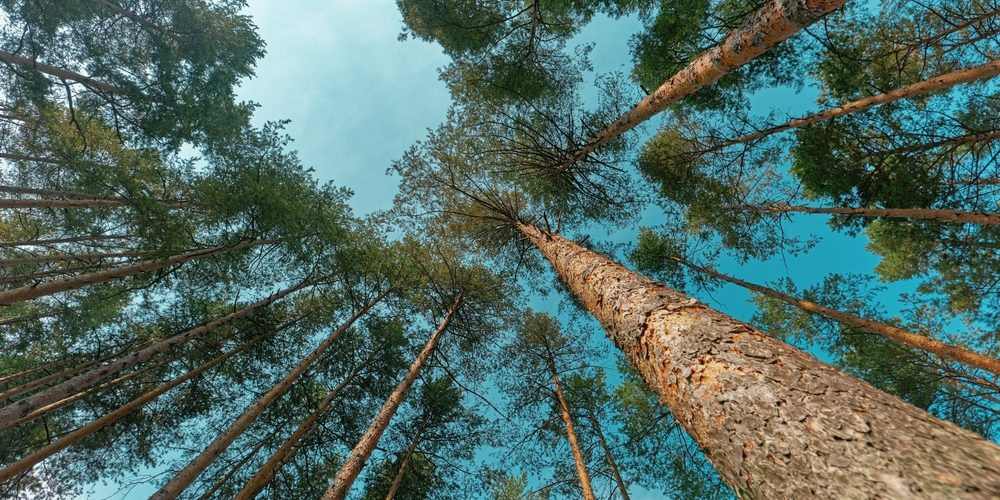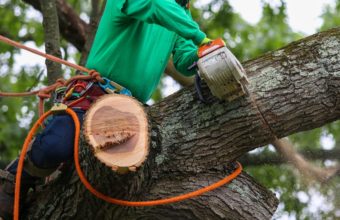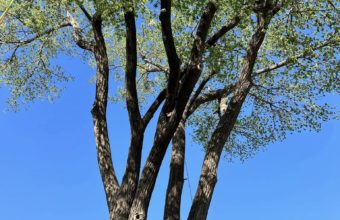The ideal height for a tree depends on several factors, including the tree species, its intended purpose in the landscape, and the surrounding environment.
Here are some considerations to help determine how tall your tree should be…
Species and Mature Size
- Natural Growth Patterns – Each tree species has a typical mature size to which it will naturally grow, assuming optimal conditions. Selecting a species whose natural mature height fits well within the available space is important.
- Variety Selection – For many species, there are cultivated varieties (cultivars) that have been selected for specific characteristics, including mature height. Dwarf and semi-dwarf varieties are available for many popular tree species, offering lower mature heights.
Landscape Considerations
- Space Constraints – Consider the available space, both vertically and horizontally. Consider overhead power lines, proximity to buildings, and underground utilities. Trees should be planted where they can grow to maturity without causing conflicts.
- Purpose in the Landscape – The intended purpose of the tree can influence the desired height. Trees can be used for shade, privacy, windbreaks, or ornaments. For example, a tree planted for privacy should reach a height that effectively blocks sight lines, while an ornamental tree’s height might be more flexible.
- Aesthetic Balance – The tree’s height should be proportionate to its surroundings, including buildings, other trees, and landscape features. A tree that is too tall or short can look out of place.
Maintenance and Safety
- Pruning Needs – Some trees can be pruned to maintain a desired height, but excessive pruning can be harmful to the tree’s health and may not be sustainable long-term.
- Safety Concerns – Trees that grow too tall or large for their location can pose risks of falling limbs or tree failure, especially if they are weakened by disease, pests, or environmental stresses.
Legal and Neighborhood Considerations
- Local Regulations – Check for any local ordinances or homeowners association rules that may dictate tree height limits, especially in urban areas.
- Neighbor Relations – Consider the impact of the tree’s height on neighbors, particularly if it could block views or sunlight.
The ideal height for a tree is influenced by its genetic potential, the needs and constraints of the landscape, and considerations for maintenance, safety, and community standards. It’s wise to research and plan ahead, selecting tree species and varieties that will achieve the desired height and function in their intended location.






